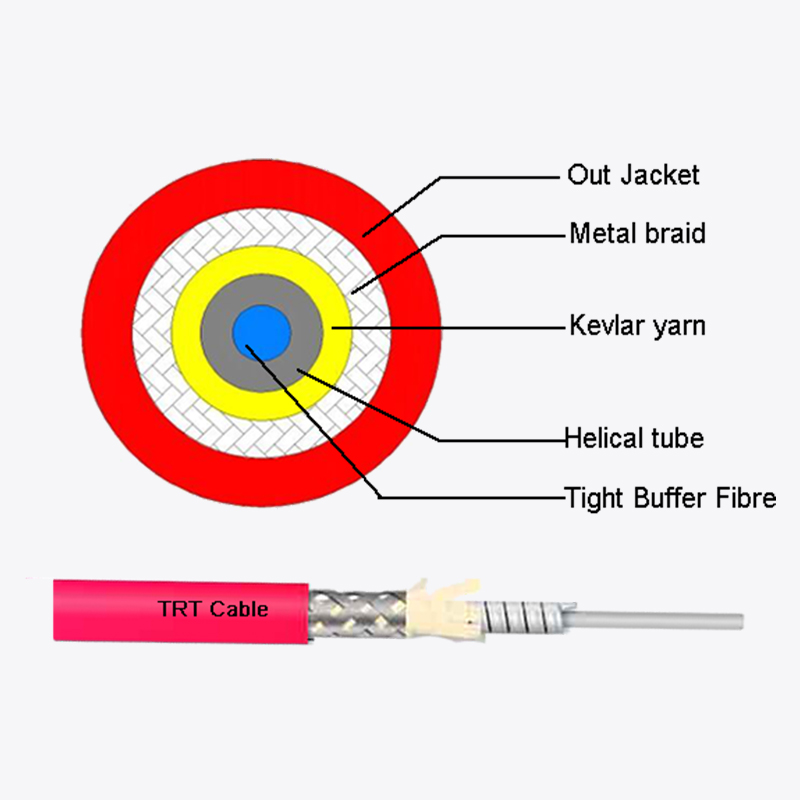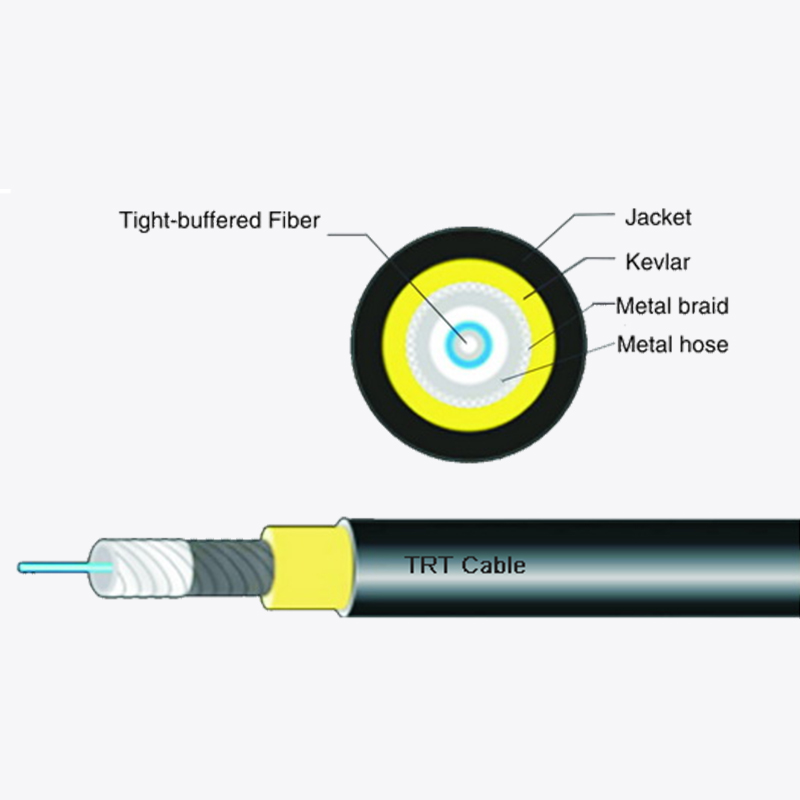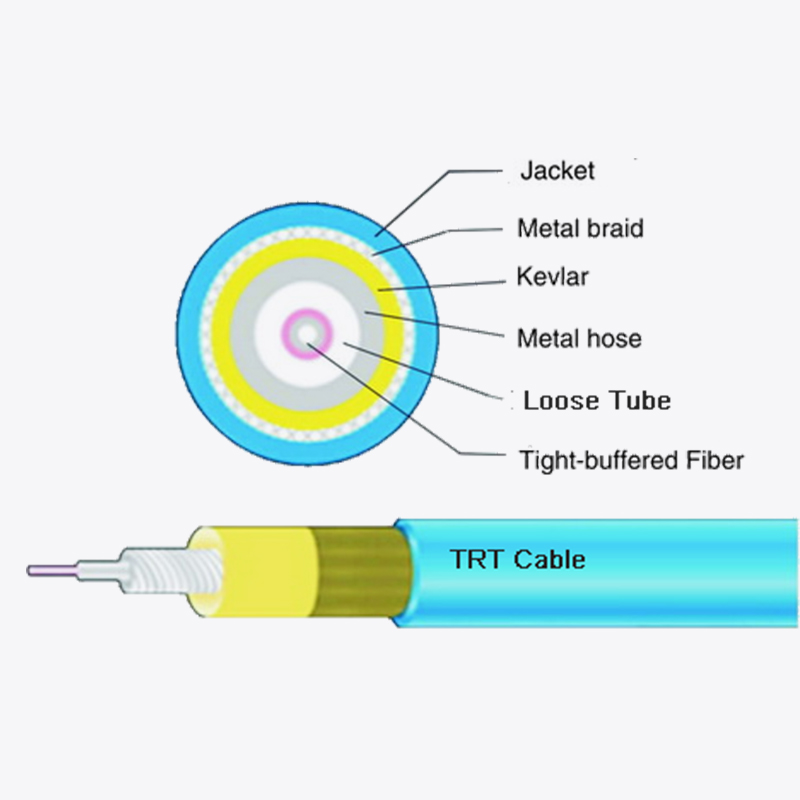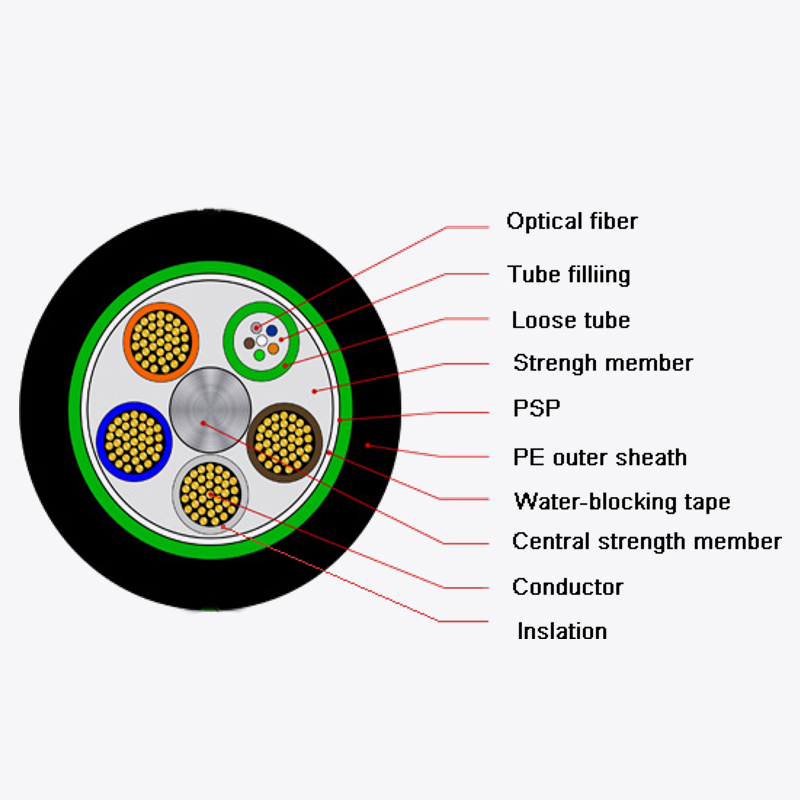Web Menu
Product Search
Exit Menu
How can fiber optic terminal boxes optimize fiber management through precise structural design?
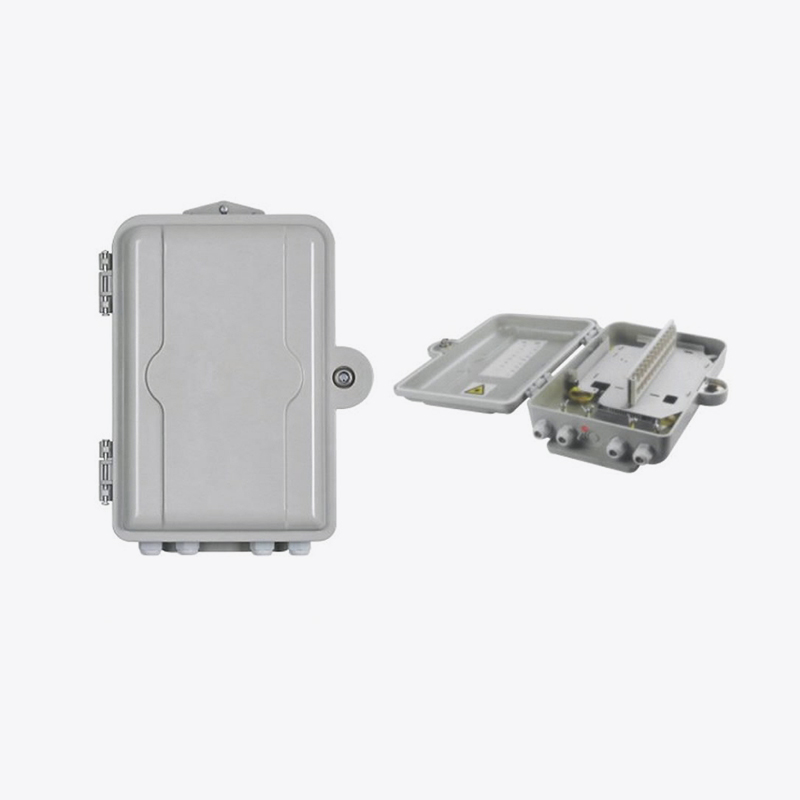
How can fiber optic terminal boxes optimize fiber management through precise structural design?
As a key wiring device in the fiber optic network, the core value of the fiber optic terminal box lies not only in providing a physical carrier for fiber optic connection, but also in achieving scientific management of the fiber through systematic internal structural design. This management is not simply to store the fiber in a closed space, but to build a set of precise space allocation solutions based on the transmission characteristics of optical signals and engineering maintenance requirements. The seemingly ordinary fixtures, fiber coils and adapter brackets inside the terminal box are actually repeatedly verified functional modules, which together ensure that the optical fiber can maintain stable transmission performance in a limited space and meet the convenience of long-term operation and maintenance.
The physical properties of optical fiber determine the particularity of its management method. The core diameter of a single-mode optical fiber is only about 9 microns, and the optical signal is extremely sensitive to the bending radius, stress distribution and end face cleanliness. The design of the terminal box must first solve this contradiction: it is necessary to constrain the direction of the optical fiber to avoid clutter, and to prevent optical loss caused by excessive bending. The typical solution is to use a spiral fiber coil structure, the radius of which strictly follows the minimum bending radius standard of the optical fiber to form a natural optical fiber storage area in a limited space. During the winding process, the optical fiber transitions in a gradual arc to avoid local stress concentration caused by right-angle turns. The fixing device uses a material with a low friction coefficient, which provides sufficient holding force when clamping the optical fiber without causing microbending losses due to uneven pressure. This refined control of physical constraints reflects the designer's deep understanding of the correlation between the mechanical and optical properties of optical fibers.
The layout of the adapter bracket reflects the balance between space utilization and operability of the terminal box. In high-density wiring scenarios, the terminal box needs to accommodate dozens of optical fiber connection points in a limited volume. Although the traditional linear arrangement saves space, it may cause the adapter spacing to be too small, affecting the plug-in and unplug operation. Modern designs often use staggered or layered bracket structures to expand the operation window through three-dimensional space arrangement. The adapter is installed at a specific inclination angle to ensure that the jumper bends naturally and avoids mutual interference between adjacent interfaces. This layout not only increases the port density, but also reduces the risk of accidentally touching adjacent connections during maintenance. It is worth noting that the choice of bracket material is also critical - although the metal bracket is strong, it may introduce electromagnetic interference, while engineering plastics can reduce signal crosstalk through insulation properties while ensuring strength.
Stress management is another hidden and important dimension in the terminal box structural design. When the optical fiber is introduced into the terminal box, the tension of the external cable, the deformation caused by temperature changes, and the mechanical vibration during daily maintenance may all be transmitted to the connection end face. High-quality terminal boxes resolve these risks through a multi-level stress buffer mechanism: a corrugated tube or rubber sealing sleeve is set at the inlet to achieve initial stress isolation; an elastic fixed buckle is used inside to absorb residual stress; and finally, the redundant length design of the fiber coiling ring is used to provide strain buffer margin for the optical fiber. This hierarchical treatment method ensures that the external force is fully attenuated before reaching the connector ceramic ferrule, thereby protecting the stability of the end face contact area.
The modular design concept further enhances the adaptability of the terminal box. In the face of fiber diameter differences in different application scenarios (such as 250μm tight-buffered fiber and 900μm loose-buffered fiber), the replaceable adapter module allows the same terminal box platform to be compatible with multiple fiber types. The fiber coiling area adopts a removable partition design, and the operation and maintenance personnel can adjust the partition size according to actual needs. This flexible architecture avoids the waste of resources in developing dedicated products for each scenario, while ensuring the reliable performance of the terminal box in complex environments. Modularity extends to the extended functional level, such as integrating splitter brackets or splice trays on the basic structure, so that the terminal box can seamlessly support the evolution of network topology.
From the perspective of engineering implementation, the structural design of the terminal box must also take into account installation efficiency and long-term maintainability. The preformed internal frame allows for quick positioning of each functional area during construction, while the transparent or translucent box cover design facilitates intuitive inspection of the fiber status. The layout of key operating points (such as grounding terminals and identification areas) follows ergonomic principles to ensure that there is enough space for tool operation. The differences in user experience formed by the accumulation of these details often become implicit standards for judging the pros and cons of terminal box design.
The structural evolution of fiber optic terminal boxes has always revolved around a core proposition: how to maximize fiber performance protection and operation and maintenance convenience in a limited space. Contemporary design has gone beyond the concept of a simple physical container and has instead built a comprehensive solution that includes mechanical protection, optical performance maintenance, and human-computer interaction. As fiber optic networks develop towards higher density and more complex architectures, the structural innovation of terminal boxes will continue to focus on refined space management - perhaps future designs will introduce adaptive adjustment mechanisms or intelligent monitoring units, but the core of all changes is the respect for the physical properties of optical fibers and the insight into the actual needs of operation and maintenance. This seemingly static device actually continues to interpret the underlying logic of reliable operation of fiber optic networks with a rigorous structural language.
 Address:Zhong'an Road, Puzhuang Town, Suzhou City, Jiangsu Prov., China
Address:Zhong'an Road, Puzhuang Town, Suzhou City, Jiangsu Prov., China Phone:+86-189 1350 1815
Phone:+86-189 1350 1815 Tel:+86-512-66392923
Tel:+86-512-66392923 Fax:+86-512-66383830
Fax:+86-512-66383830 Email:[email protected]
Email:[email protected] Wechat: xiaobin18913501815
Wechat: xiaobin18913501815 whatsapp: +86 18913501815
whatsapp: +86 18913501815
 0
0

 English
English русский
русский Español
Español Português
Português عربى
عربى